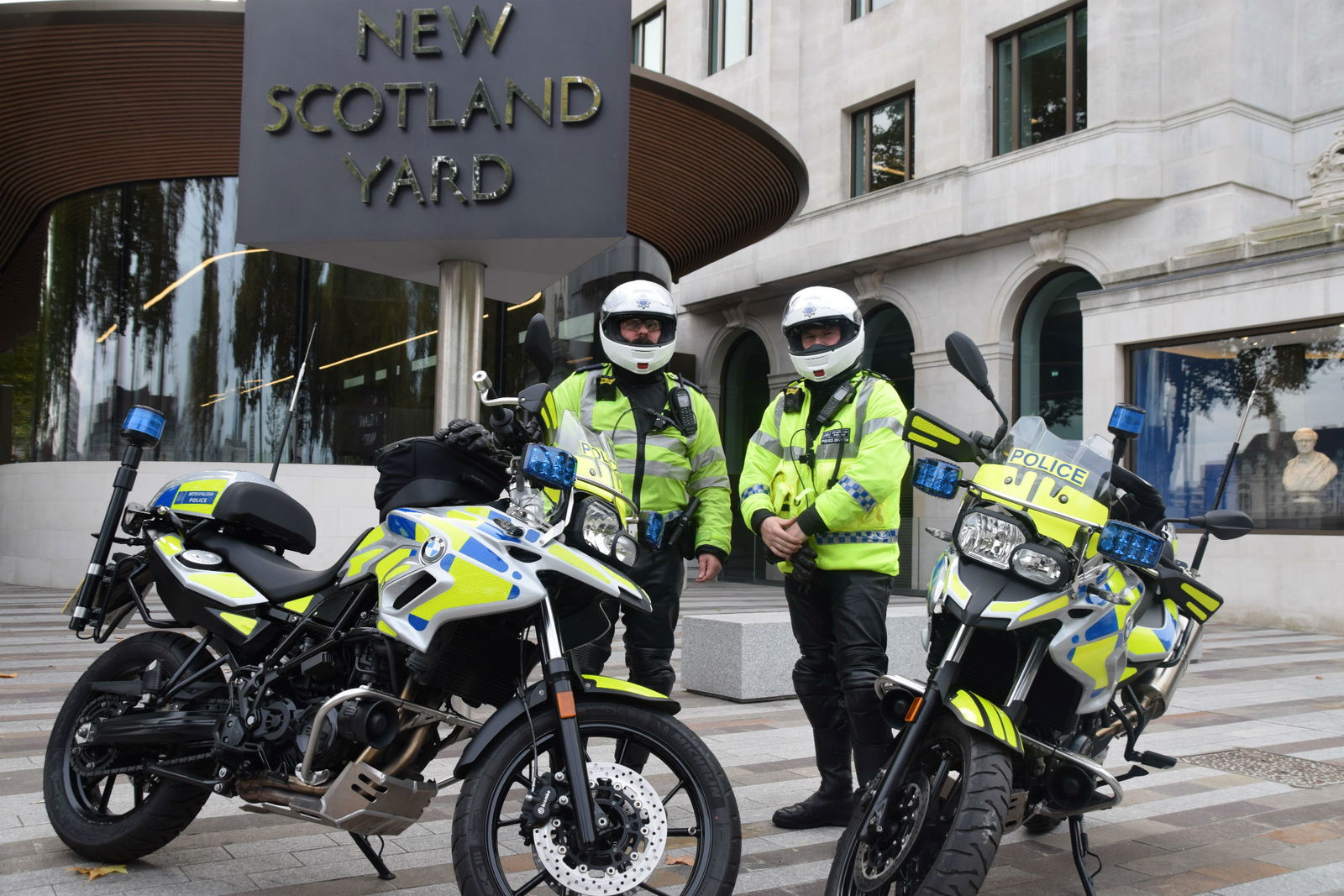Motorcycles least likely of all vehicles to fail their MOTs
New stats show we look after our vehicles better than anyone else

NEW statistics from the Department for Transport show that motorcycles are the vehicles that are least likely to fail an MOT test.
The numbers reveal that in 2016/2017 just 17.7% of bikes failed at the first try. Over 41% of those failures were fixed within one hour, retested and passed, leading to a ‘final failure rate’ of just 10.3%. That gives bikes an enviable record that no other type of vehicle comes close to matching. In fact, every other category has a final failure rate that’s at least double that of motorcycles.
Of the 1,011,080 motorcycles that were tested in 2016/17, only 103,734 were classed as ‘failed’, having not been able to pass first time or repaired and passed within an hour.
In comparison, more than 28.6 million cars (passenger vehicles up to 12 seats) were tested and 7.7 million went away as failures (2.45 million also failed but were repaired and passed within an hour.) That’s an initial failure rate of 35.4% and a final failure rate of 26.8%. Far worse than motorcycles.
It’s the same story for passenger vehicles with over 12 seats (coaches and busses), with a final failure rate of 25.1%.
For goods vehicles between 3,000kg and 3,500kg the numbers were even worse. Some 45.4% failed at the first attempt, and the final failure rate was 35.9%.
Overall, the MOT final failure rate in 2016/17 was 26.5% - more than 2.5% worse than that for motorcycles alone.
The historical data also show that motorcycles are improving their pass rate more quickly than other vehicles. In 2009/10, the final failure rate for bikes was 13.3%. That means the final failure rate has dropped by nearly a quarter over the last seven years. That’s nearly twice the improvement shown from the average of all vehicles.
What’s more, the figures show that the reasons for bikes failing the test were relatively insignificant. By far the most common cause for failing was lighting and signalling. Of all bikes taking the test, 9.8% failed for lighting – probably blown bulbs or misaligned headlights.
Next most common was brakes (4.8%), then ‘steering and suspension’ at 3.9%. Tyres and wheels were a reason to fail 3.3% of bikes that took the test, ‘drive system’ problems took out 1.4%, registration or VIN problems afflicted 1.1% and ‘fuel and exhaust’ was down as a failure for 1%. Other reasons for failure were all below 1%.
Some will have failed on more than one thing, so these percentages won’t add up to the 17.7% of bikes that initially failed the test.
In comparison, 18.3% of cars had lighting problems, 12.2% had suspension and steering issues and 10% failed on brakes.
What’s abundantly clear is that motorcyclists look after their bikes, and are getting better at it all the time. Well done, everyone, give yourselves a pat on the back.

